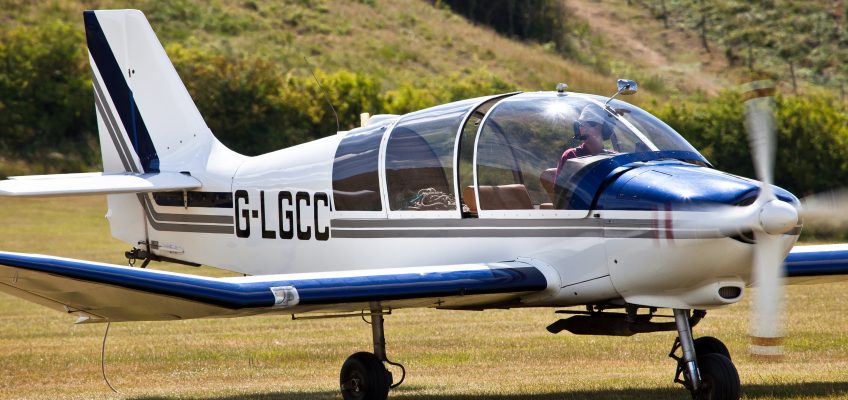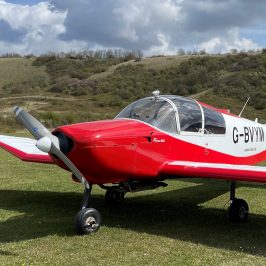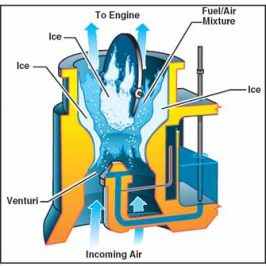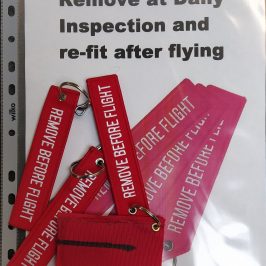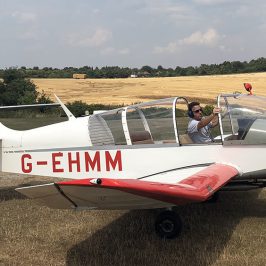We are expecting a new engine for CC imminently so I have been ask to send out a reminder on engine handling and best practice to avoid causing damage, in particular on the ground.
We often see a stand off between glider and tug pilots at the start of the day or after refueling. We should tell the glider pilots that we are not going to start up until they are getting ready – this can be a quick walk over to the gliders (if near by) or on the radio – this will prevent unnecessary engine starting, running and stopping. This includes in-between tows – if there is going to be an obvious delay then park up in the parking area and shut down (i.e. not in front of the gliders in the queue or parked up tugs). The time you do the engine ground run should be considered carefully too – below is the extract from the Robin Ground Ops page.
Engine Ground Run
It should occur within a few minutes of flying. If you taxi out to the West run or North East run in anticipation of launching, it is very tempting to do the ground run when you get there, fine if you immediately start towing. If it looks like a wait of more than 10 minutes, you should shut down until needed. After start re-warm the engine, then do the ground run up and then the flight, at a pace to prepare the engine for full power. Taking off with a cold engine is a sure way to damage it. For SW run operations, don’t leave the parking area until you can see a need arising, then allow sufficient time to taxi across, warm the engine, carry out the ground run up and then start flying, this will avoid the need for an unnecessary shutdown.
Fortunatley engine failures are rare and should be credit to the pilots engine management techniques and the maintenance.
The below summary is from the ‘General Information’ page and is a reminder of the critical stages of the engine, all of which is expanded on in the ‘Robin Operations’ pages.
- Start up – Avoid high RPMs as the engines starts. Throttle should be set just forward of idle to achieve 1000 rpm. It should be immediately checked to this value after start up.
- Taxiing – Always keep the RPM below 1500rpm whilst on the ground. Hangar ridge can be climbed with 1500 rpm or less providing correct technique is used. Position in such a way that high power, tight taxiing manoeuvres are not required. Be aware of wind direction and whenever possible do any extended ground running in to wind. With anything beyond a normal turnround, either shut-down or point into wind.
- Run up – Into wind and keep high power to the minimum required for the checks. It is important to do this at the correct time, see notes on engine ground run.
- Take-off – Apply progressively and smoothly to full throttle over 3 seconds, yes 3 seconds.
- Glider Release – Follow the technique defined in Robin Operations. If you find that you’re approaching cloud base, ensure you don’t run into cloud and have to short cut the standard procedure.
- Descent – A normal descent will require gradual power reduction at each phase. The point where you close the throttle to make the landing should be as late as possible during the approach.
- Go-around – Be as gentle as circumstances permit.
- Shut down – Once the tug has stopped and brakes applied, allow the engine to idle at 1000 rpm for a short time to allow it to adequately cool prior to shutting down as per the procedure in Robin Operations.

